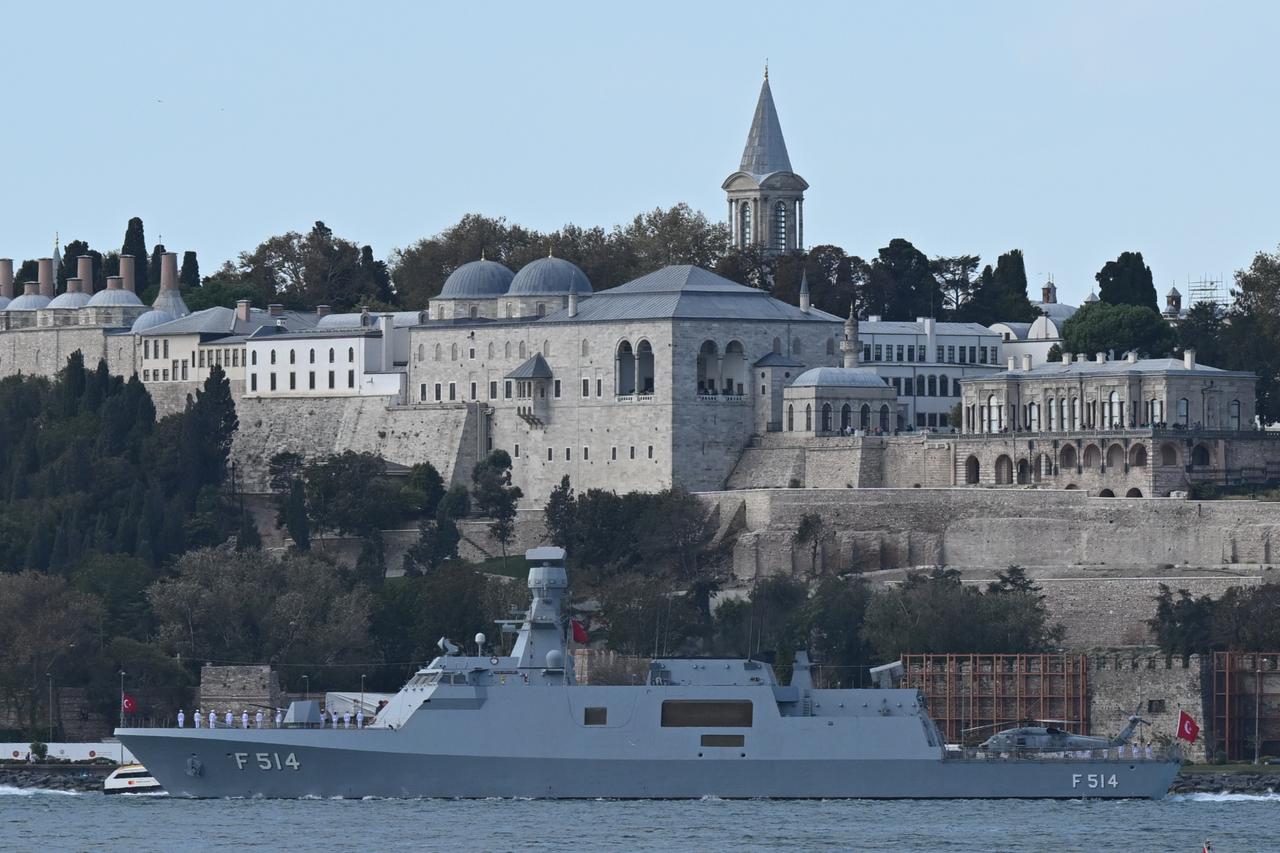
Turkish shipyards could meet the urgent NATO naval requirements of budget-conscious allies, although breaking into U.S. Navy contracts remains unlikely due to entrenched American standards and procurement practices, according to defense industry analyst Cem Devrim Yaylali.
In an exclusive interview with Türkiye Today, Yaylali, who's a correspondent for Warships IFR, Jane's, Defence News, and Defence Turkey, outlined both opportunities and obstacles facing Türkiye's expanding naval defense sector as it seeks greater integration with Western military markets.
When asked about what types of warships or naval systems Turkish shipyards could offer to the U.S. or NATO allies, considering their increased capacity and experience from the MILGEM program, Yaylali highlighted a clear divide between European and American opportunities.
"Most NATO member countries in continental Europe have serious maritime culture and ship design and production infrastructure, and these countries tend to protect their own shipyards," Yaylali said.
"For this reason, in the first stage, Turkish shipyards can easily meet the expectations of NATO allies in Europe with limited budgets and urgent needs," he noted.
The assessment comes as Turkish shipbuilders leverage experience from the successful MILGEM corvette program to pursue international contracts.
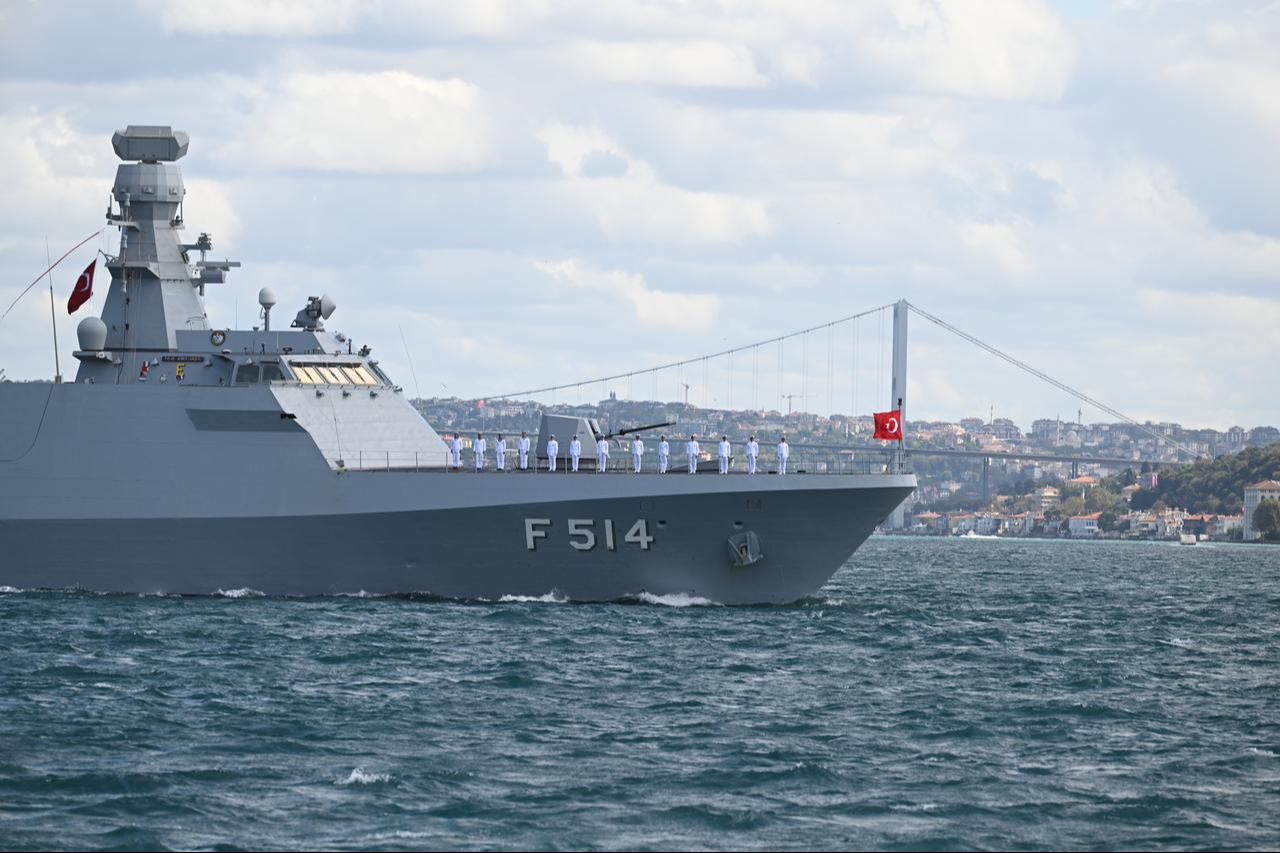
Regarding potential contributions Turkish shipyards could make to the American Navy—particularly in unmanned systems or logistics vessels during a period when the U.S. is focused on strengthening its shipyard infrastructure—Yaylali identified fundamental compatibility issues.
Turkish shipyards might face significant hurdles entering U.S. Navy procurement chains, primarily due to deeply embedded American naval standards and specifications that differ substantially from international norms.
"The U.S. Navy has some old-established and entrenched habits and standards regarding the naval vehicles it uses. Changing these in the short term is not on the agenda," Yaylali stated.
He cited the Constitution-class frigate program, based on Italy's FREMM design, as an example of these challenges. Despite the Italian Navy operating eight FREMM-class vessels, production of the American variant has yet to begin due to extensive modifications required to meet U.S. Navy specifications.
"Without knowing and assimilating the expectations, habits and standards of the U.S. Navy, it will not be possible for Turkish shipyards to get a share of the U.S.'s new military ship construction projects," Yaylali said.
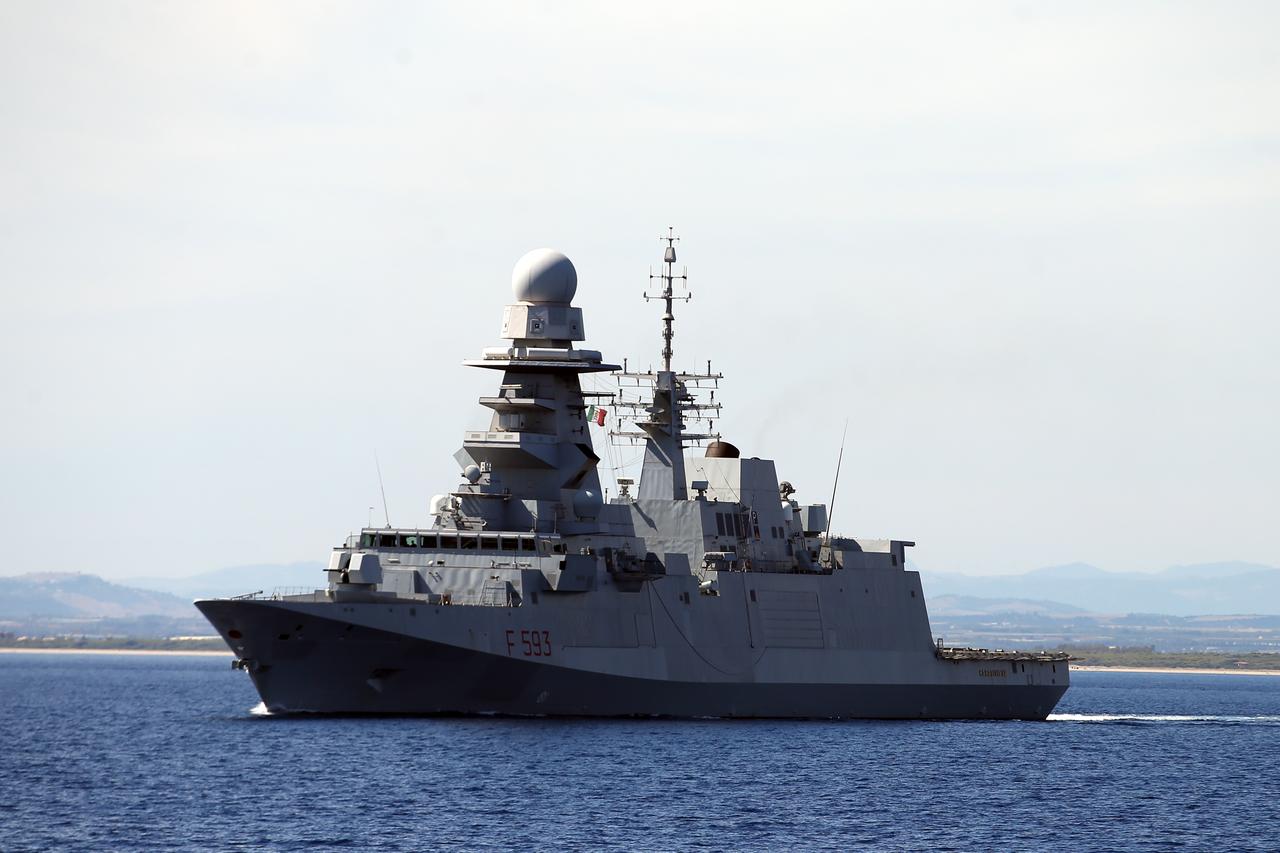
When questioned about specific advantages that Turkish shipyards could provide in partnership with American firms—including factors such as cost efficiency, speed, and NATO supply chain integration—Yaylali remained skeptical about the immediate opportunities.
"I don't see it as very likely that Turkish shipyards will provide an advantage for ship production projects in the U.S. in the short term," Yaylali stated.
"However, in the long term, it may be possible to find joint working areas in areas such as subcontracting or parts supply," he added.
Addressing questions about the most critical technical and logistical challenges that Türkiye might be facing in its first indigenous National Aircraft Carrier (MUGEM) project, Yaylali pointed to aviation capabilities as the primary concern.
"The most critical technical problem in the MUGEM project will be the design and production of manned and unmanned aerial vehicles to be used on this ship," Yaylali said.
He emphasized crucial differences between land-based and naval aircraft requirements. Naval aircraft need landing gear capable of withstanding harder impacts and must use corrosion-resistant materials in engines and airframes due to seawater exposure.
"While focusing on land-based aircraft production on one hand, and simultaneously producing naval versions in parallel will not be easy in terms of Türkiye's human and material capital," Yaylali stated, noting that Türkiye is still in the early stages of producing its own aircraft, particularly manned versions.
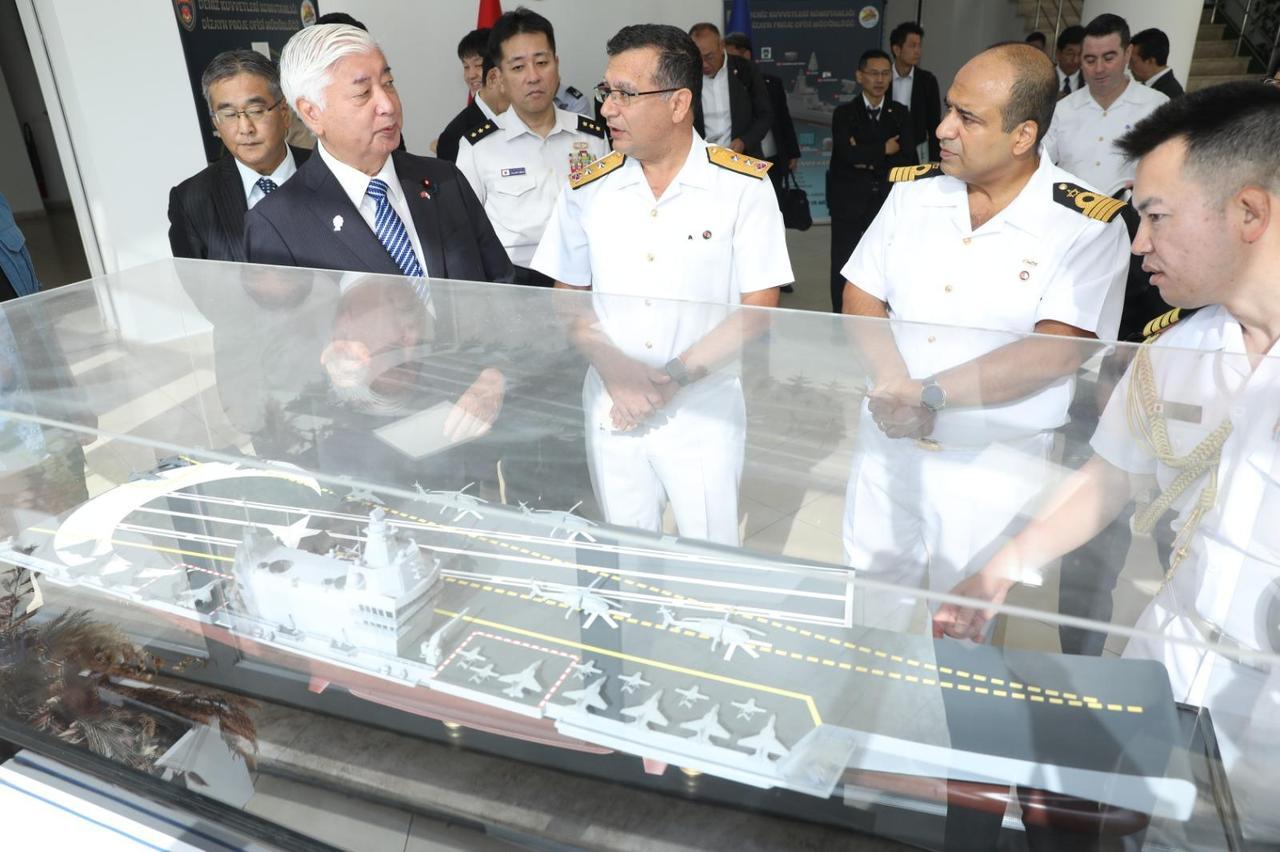
When asked whether Türkiye's first aircraft carrier air group should focus on unmanned systems or traditional aircraft—given that TCG Anadolu's "drone ship" concept has already been tested with Baykar's Bayraktar TB3 UCAVs—Yaylali clarified important distinctions about vessel capabilities.
"TCG Anadolu is not an aircraft carrier. The ship was not designed as an aircraft carrier," Yaylali stated.
"The types and characteristics of manned and unmanned aircraft that can be on it are fixed by the physical characteristics of the ship's runway, aircraft elevators and hangar," he noted.
For the planned MUGEM carrier, Yaylali advocated for a mixed approach: "I think both manned and unmanned aircraft should be included in the air group planned for MUGEM. Because manned and unmanned aerial vehicles have complementary features rather than replacing each other."
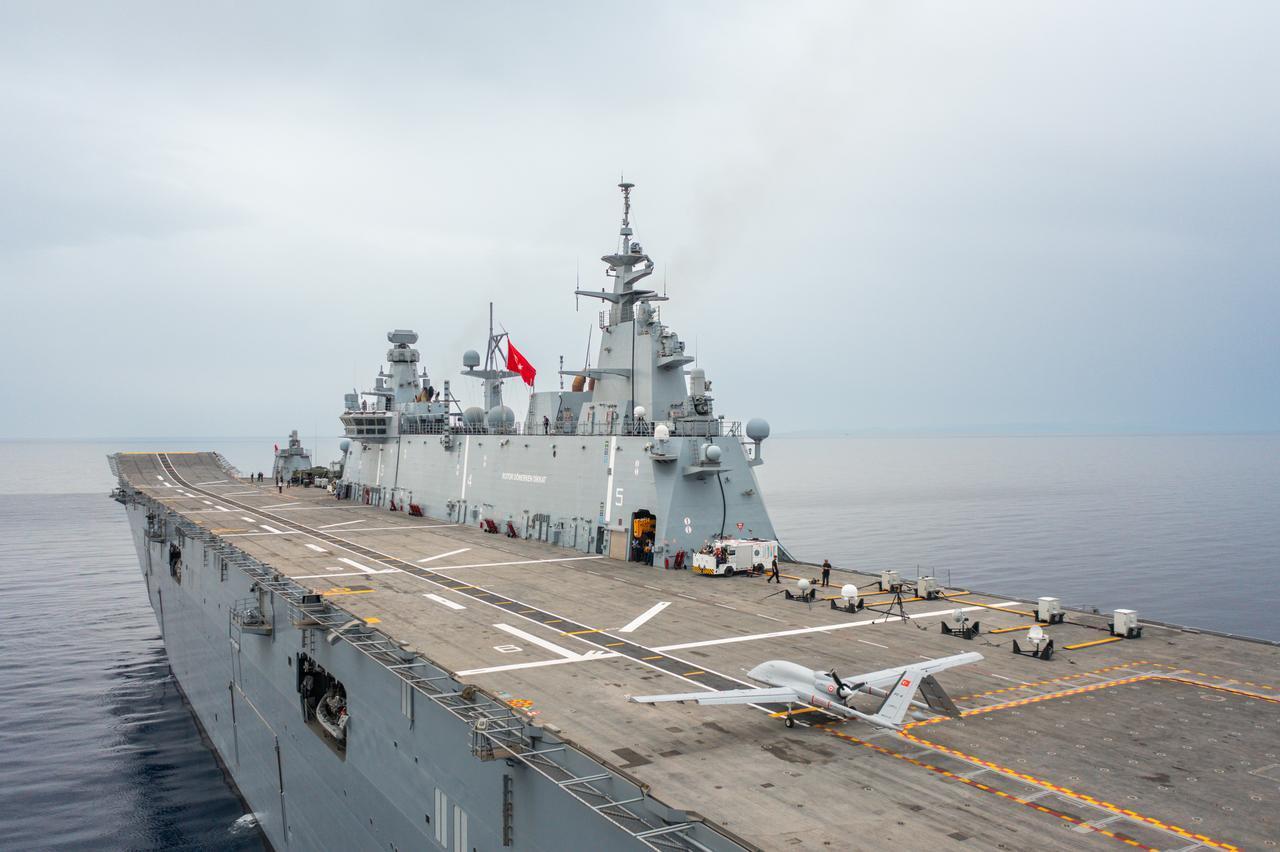
Yaylali highlighted the strategic importance of the National Submarine (MILDEN) project, noting its role as a milestone in Türkiye’s transition to indigenous submarine design and its potential to enhance independence in this field.
"The importance of the MILDEN project is that it will make Türkiye one of the few countries in the world that can design and produce its own submarine," Yaylali said.
He noted that since the 1970s, Türkiye has accumulated substantial expertise through the licensed assembly of German-designed submarines, thereby building critical knowledge about the design and production phases.
This experience now enables Türkiye to design submarines tailored to its specific needs.
"The important thing in the MILDEN project will be to design every technology and subsystem that will slow down or stop the project when it cannot be supplied from abroad, considering alternative supply sources," Yaylali stated, highlighting the importance of avoiding foreign dependencies.
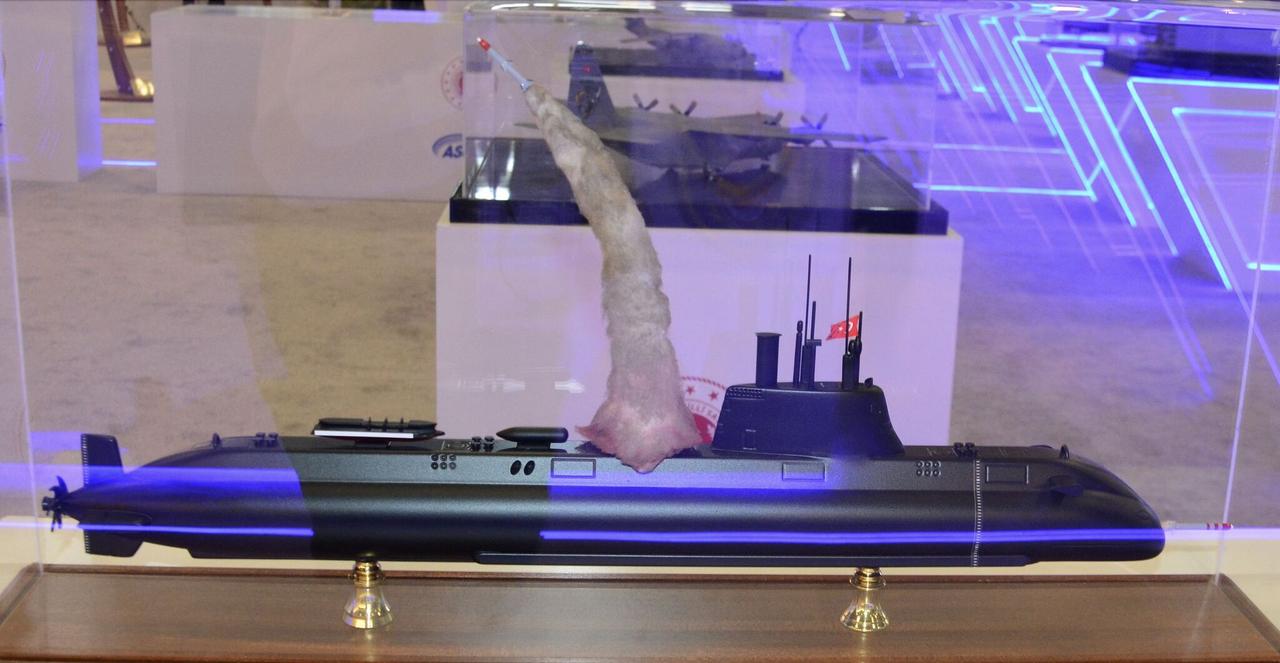
When asked about which new markets Turkish naval defense exports might target in the next decade, following successes in Pakistan and Ukraine, Yaylali painted an optimistic picture.
"Turkish Naval Defense industry has the capacity to meet the needs of any country looking for products produced in NATO standards and quality but not as expensive as the products of Europe's leading shipbuilding countries," Yaylali said.
Addressing how the Turkish defense maritime sector's geopolitical impact is shaping up and what new roles Türkiye could assume in the context of NATO, the U.S., and regional balances, Yaylali emphasized national priorities.
"How Türkiye uses Turkish defense maritime for its own geopolitical expectations is the main important issue," Yaylali stated. He explained that Türkiye's national interests and desired roles in NATO, U.S. relations, and regional dynamics are what matter most.
"One of the tools our country will use to achieve its own goals and protect its interests will be the products of the Turkish military shipbuilding industry. So far, Türkiye and Turkish shipyards have done successful work in this regard," Yaylali concluded.